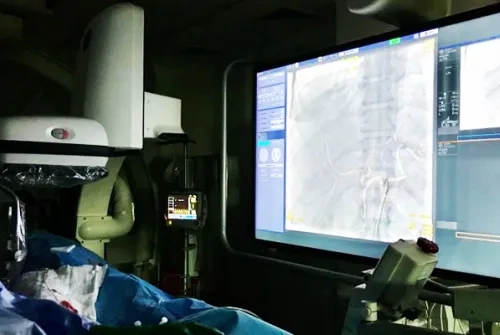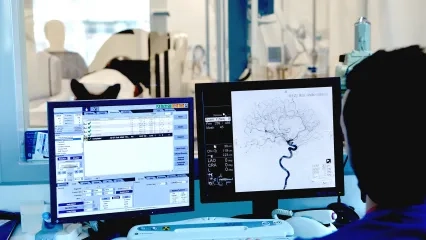Alo Yeditepe
Alo Yeditepe
What Diseases Is Interventional Radiology Used For?
It is used in the treatment of many diseases from head to toe. Since this method, which is technically used as an alternative to surgery when surgery is not possible or when the patient cannot afford it, has proven itself clearly over the years compared to surgery, there are also treatment areas where it is used primarily from surgery.
What are the Advantages of Interventional Radiology?
✔ The common feature of the treatments is that they are performed under the guidance of imaging through the needle hole without any incisions or sutures.
✔ Except neuroradiological treatments, most treatments in interventional radiology can be performed without the need for general anesthesia. However, patient comfort is tried to be kept at maximum with sedation and local anesthesia.
✔ In most cases, the patient is sent home on the same day.
✔ The risks are less compared to surgery.
✔ The time for returning to normal life and working life is much shorter.
Which Diseases Does Interventional Neuroradiology Treat?
In interventional neuroradiology, the main group of diseases is vascular diseases of the brain. Among them, aneurysm (bubble) treatments are the leading ones. In addition, "vascular lumps”, called arteriovenous malformation (AVM), are among the diseases that contributed to the treatment. It will be much more accurate for a neuroradiologist who has a knowledge of brain anatomy to perform this treatment in cases where drugs and surgery cannot be preferred, especially in jugular vein stenosis in the brain and neck veins. Vasoclogging treatments, which feed some suitable brain and head, and neck tumors, are also applied.
One of the most important treatment areas of interventional neuroradiology is acute stroke treatment. In this case, a sudden blockage in the brain vessels, stroke, or other obstacles can be prevented by saving the brain tissue with timely intervention for the rest of the patient's life.
This content was prepared by Yeditepe University Hospitals Medical Editorial Board.
”
See Also
- Radioembolization in Liver Tumor Treatment
- Diagnosis and Treatment of Acute Stroke
- The Cause of Abdominal Pain Has Not Been Found for Years... Varicose Veins Appeared in Her Ovary
- Interventional Methods in the Treatment of Acute Stroke
- Interventional Radiology is Used in Many Fields
- What is a Brain Aneurysm?
Alo Yeditepe



